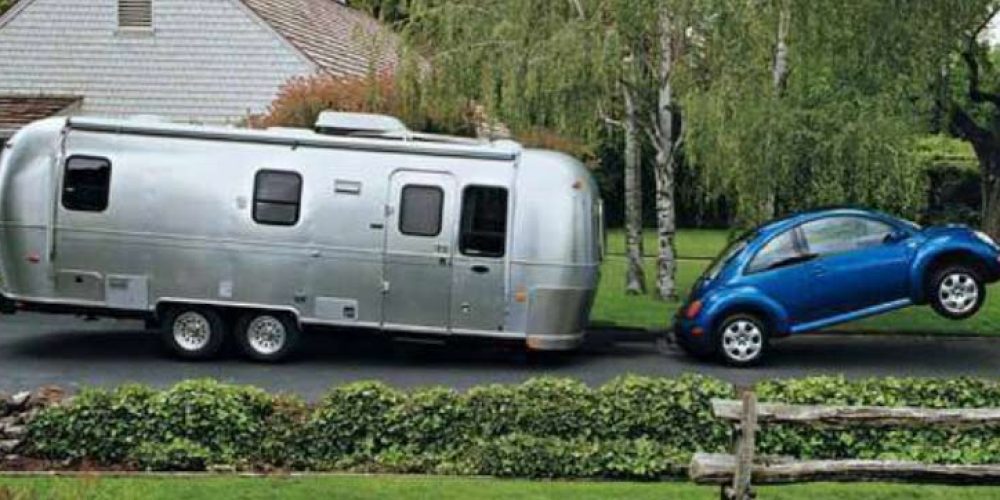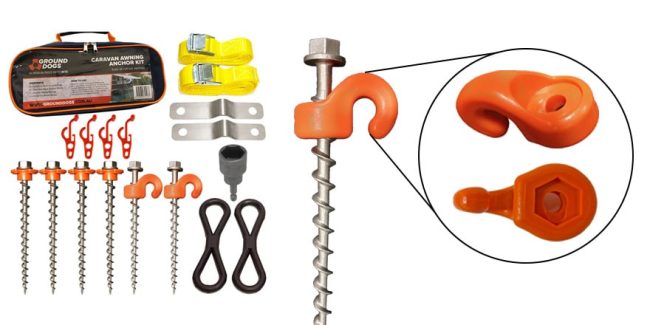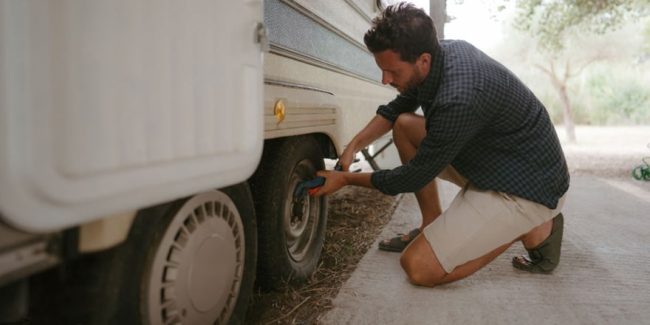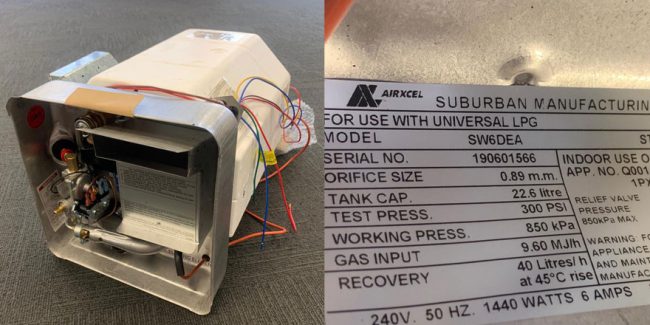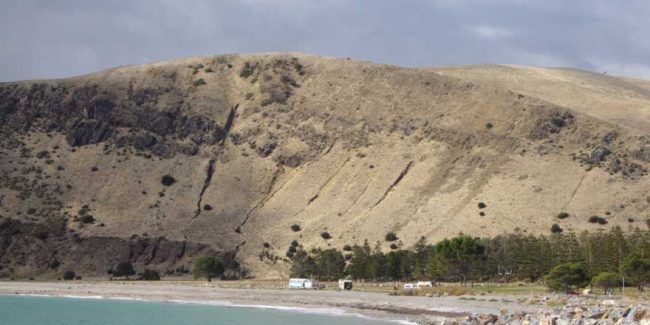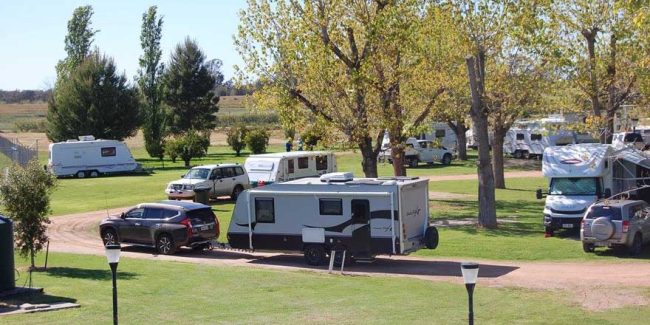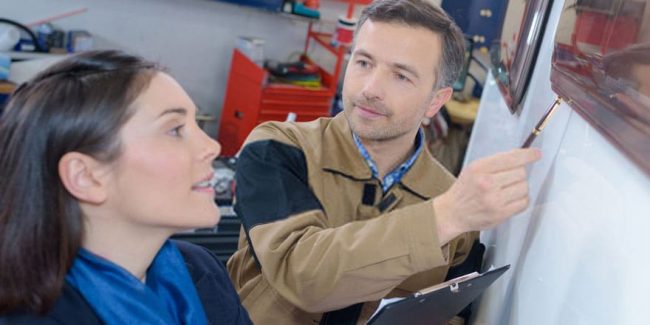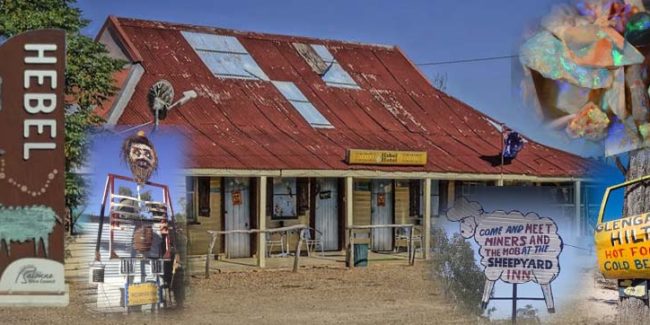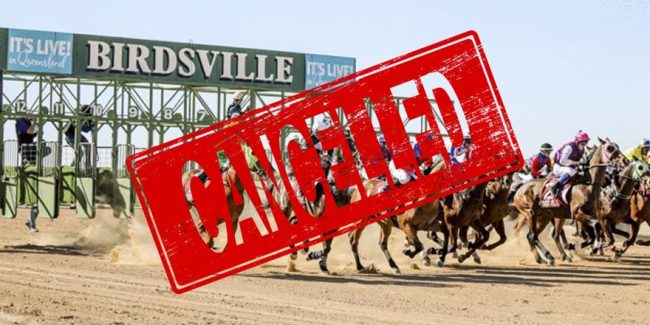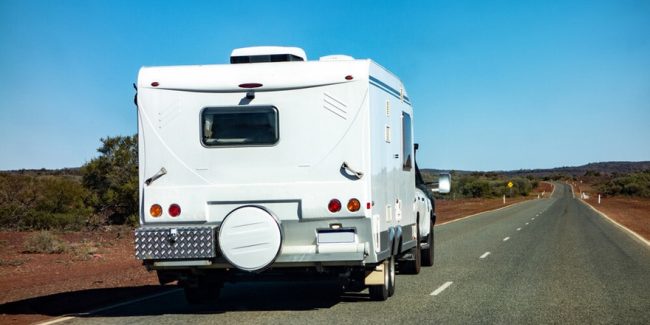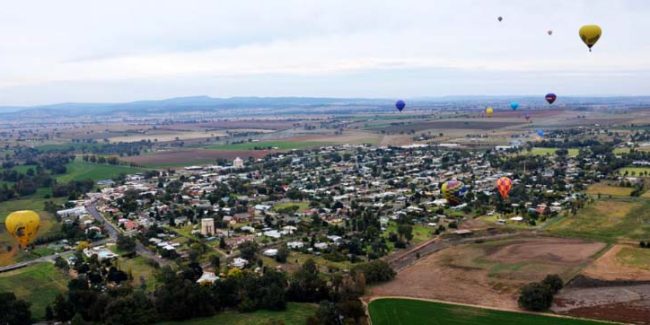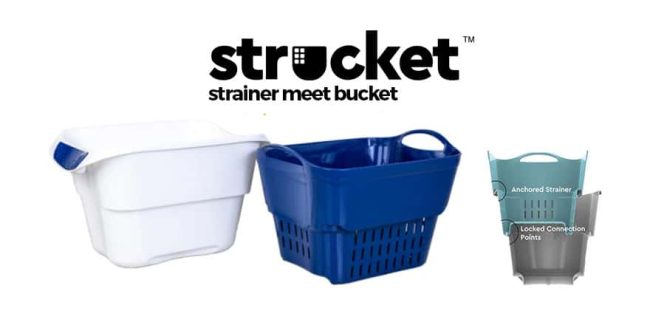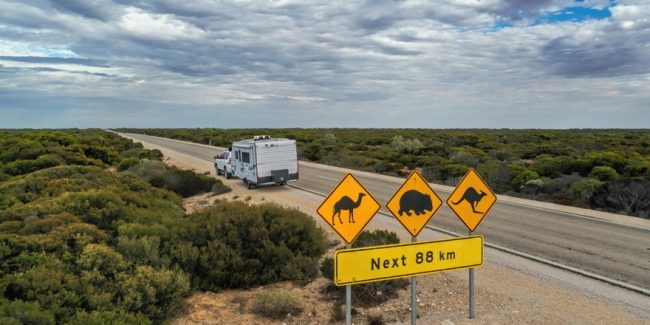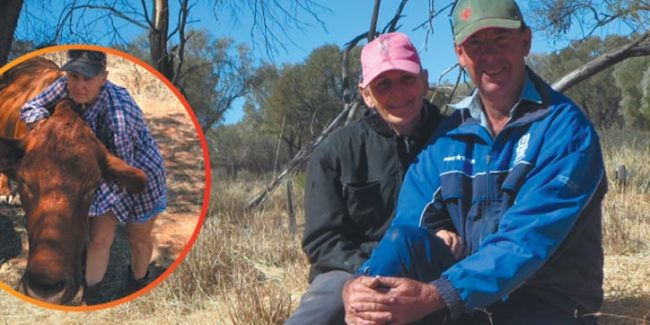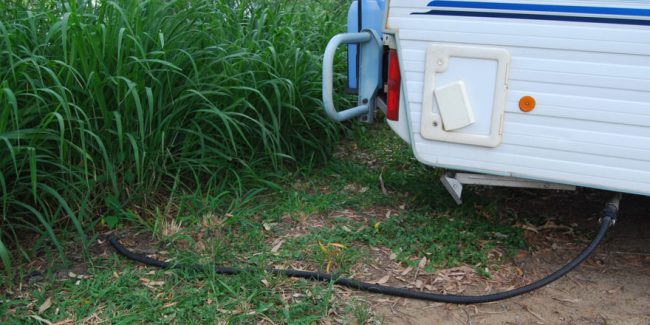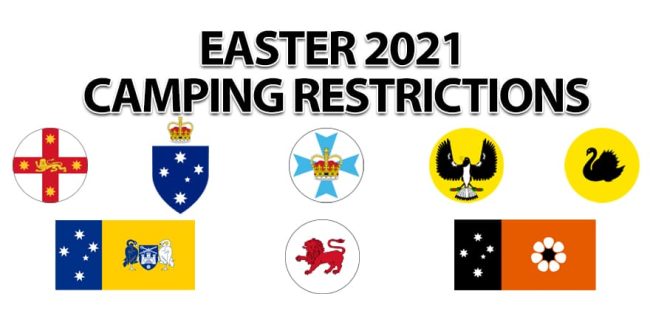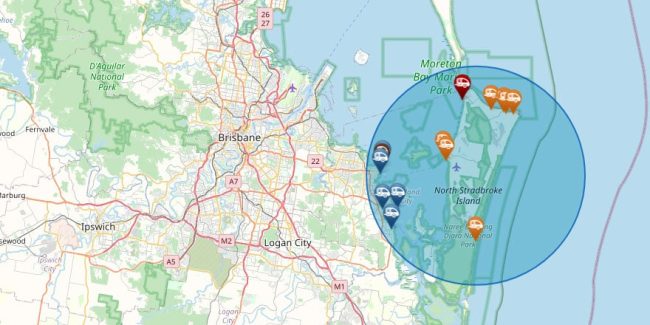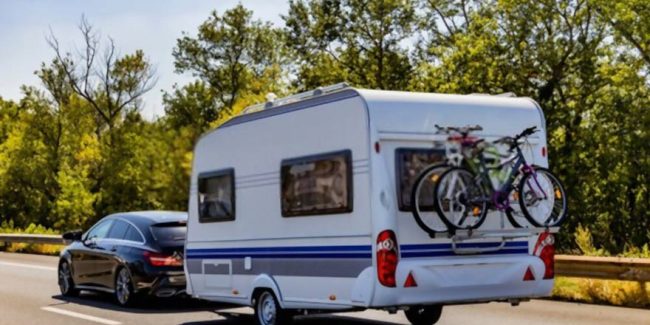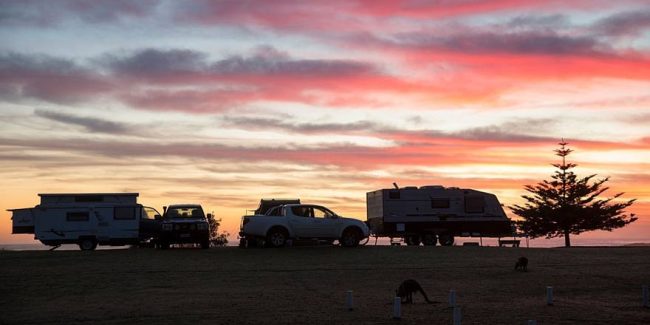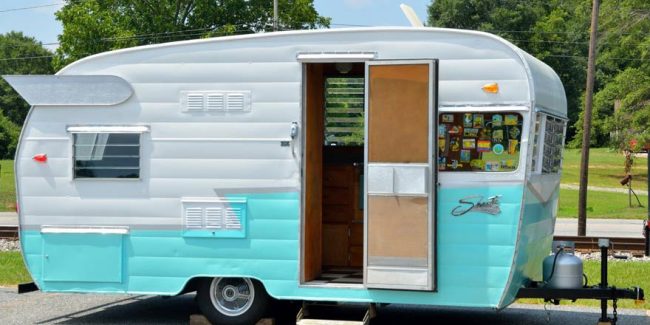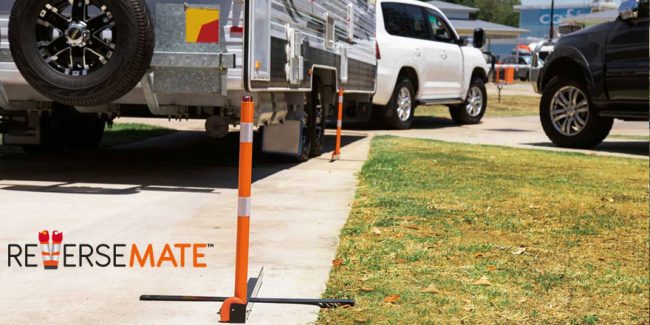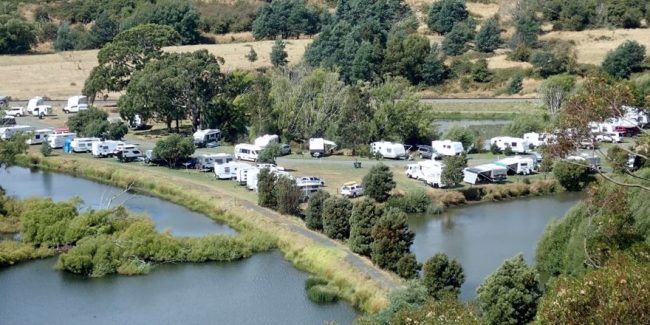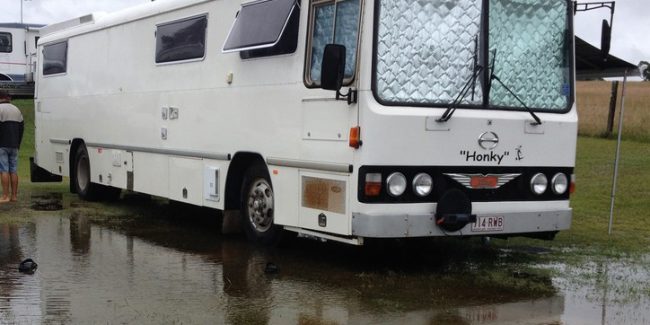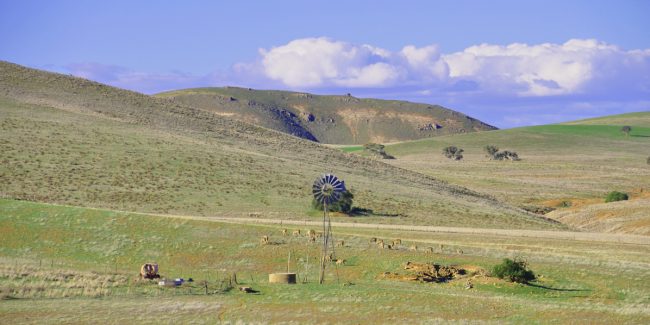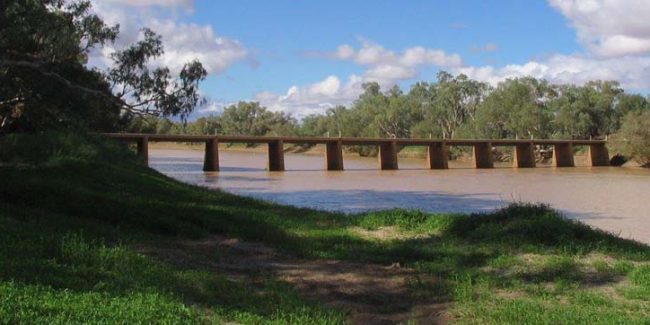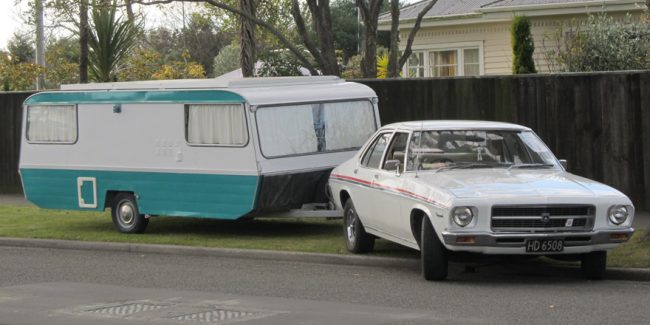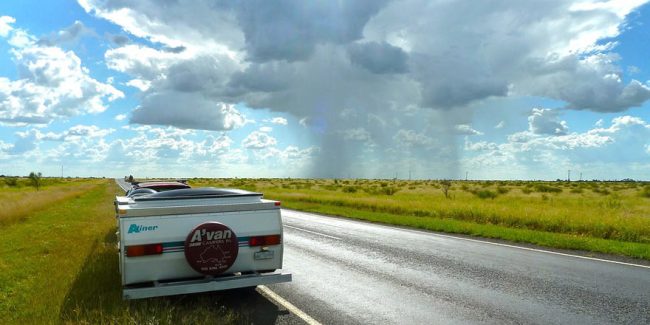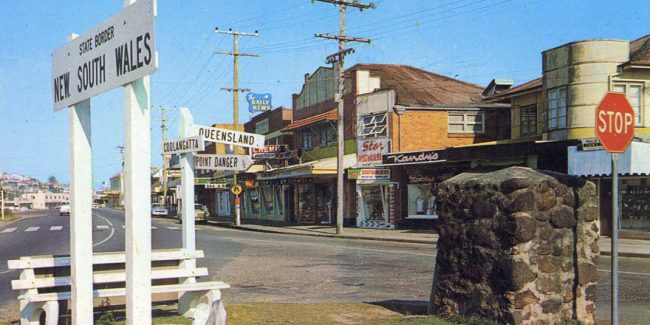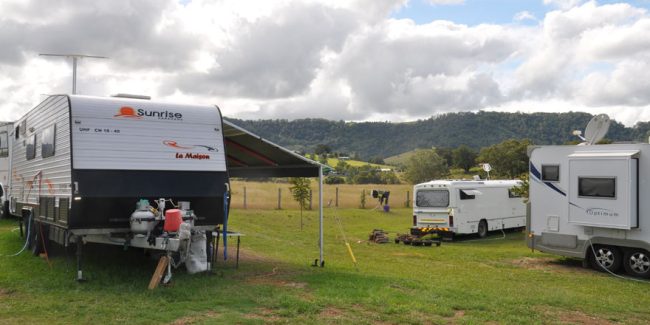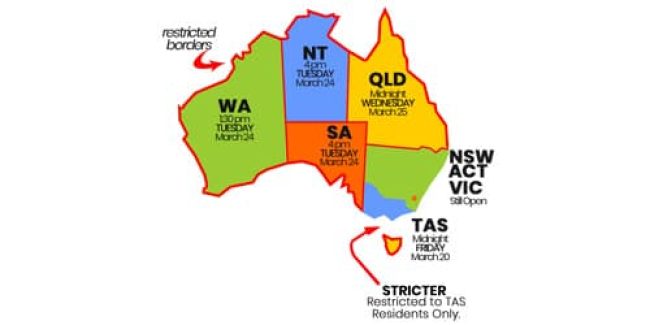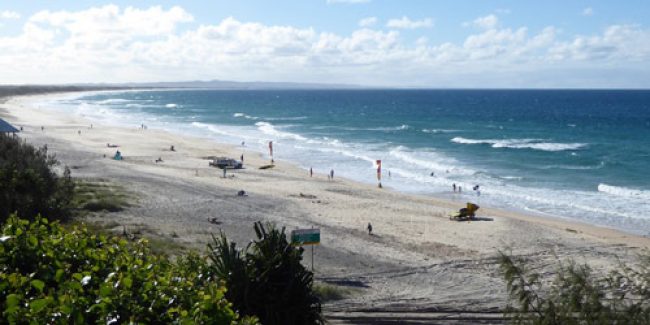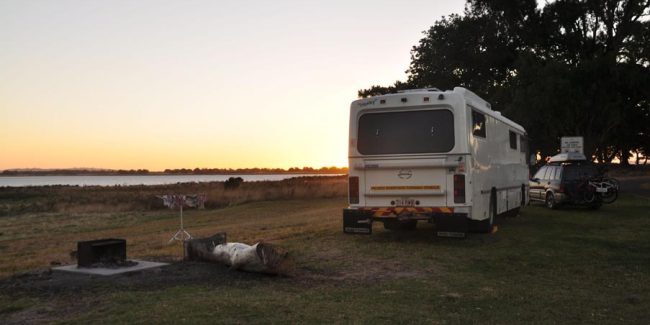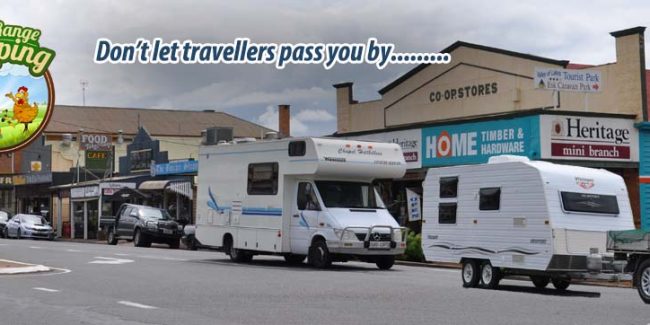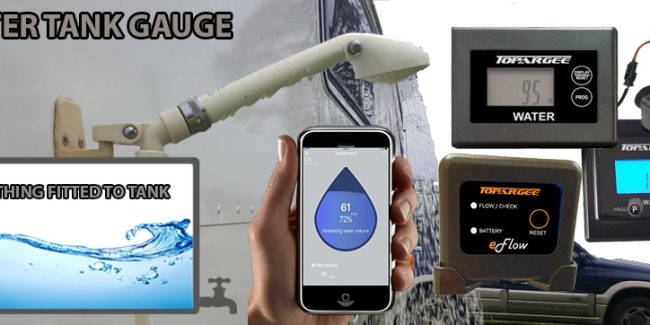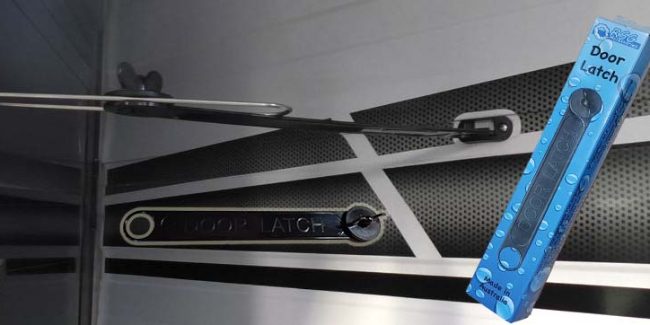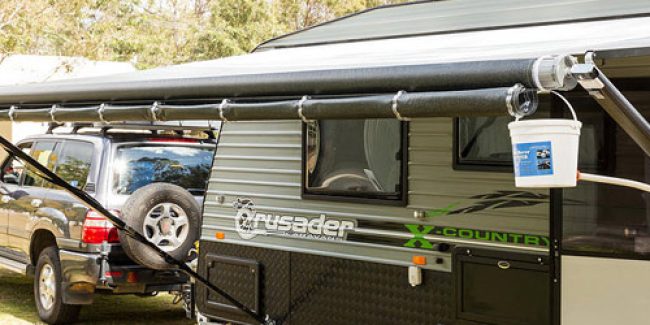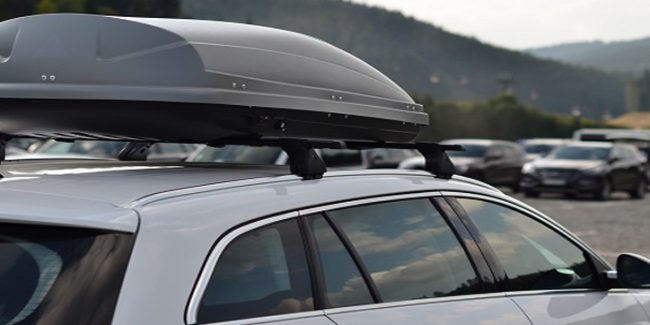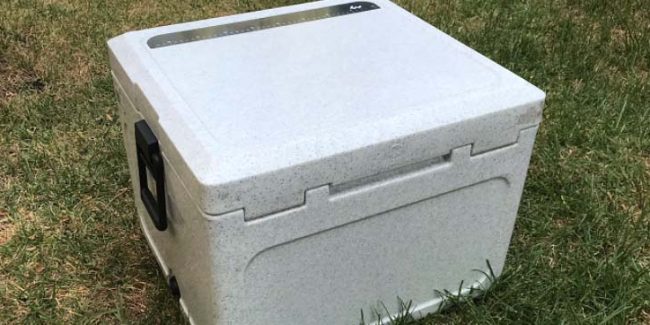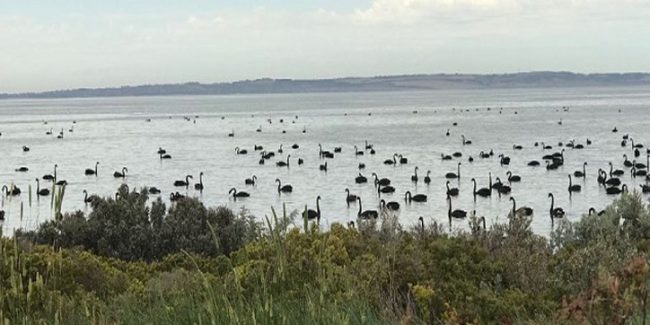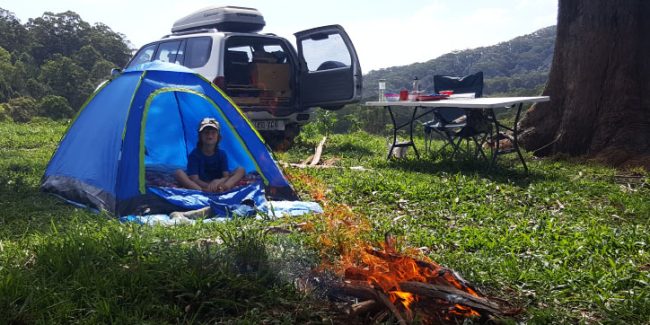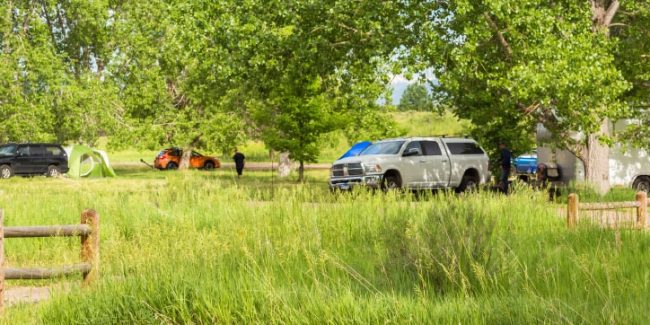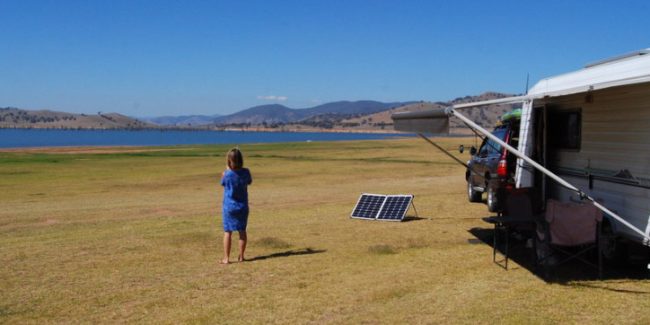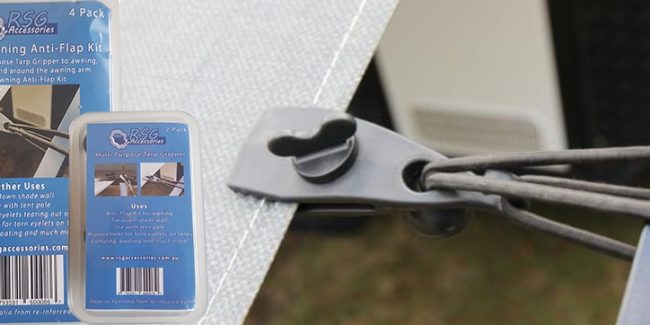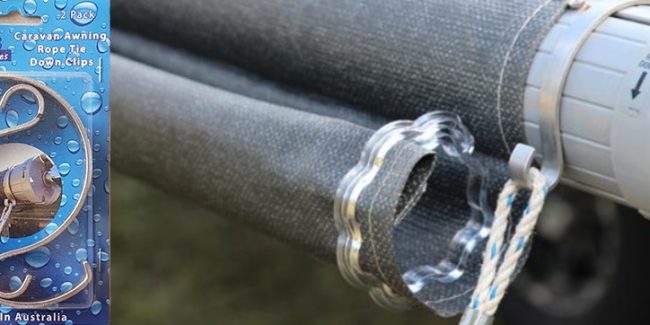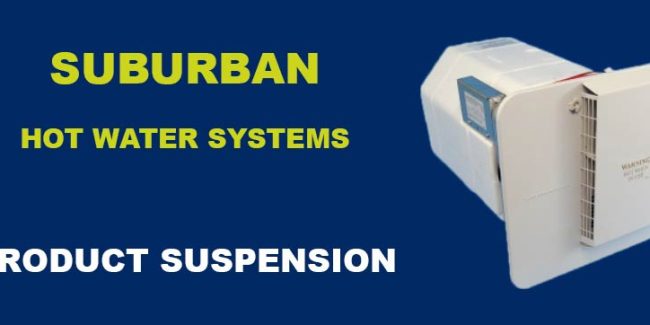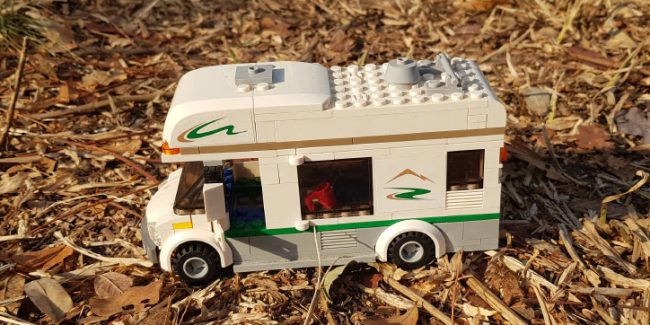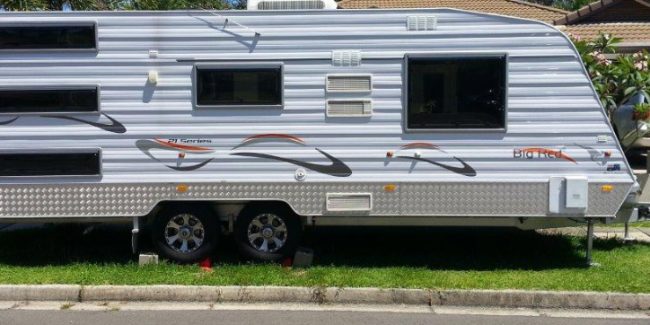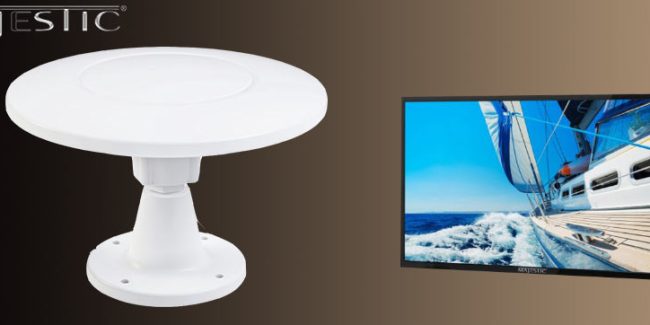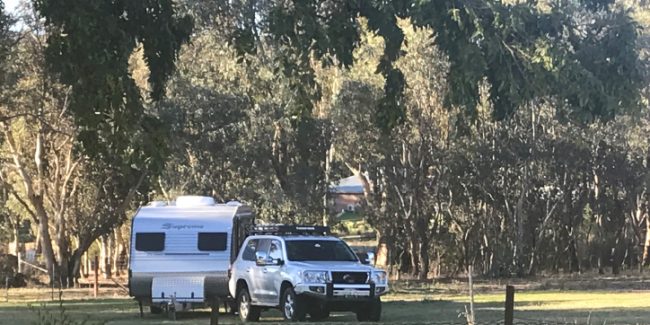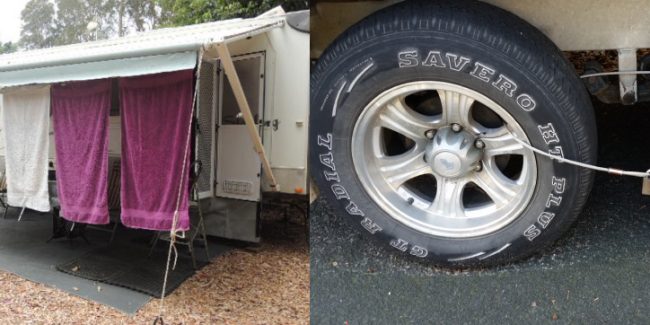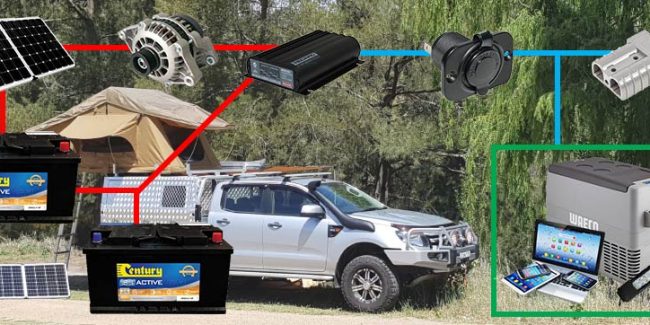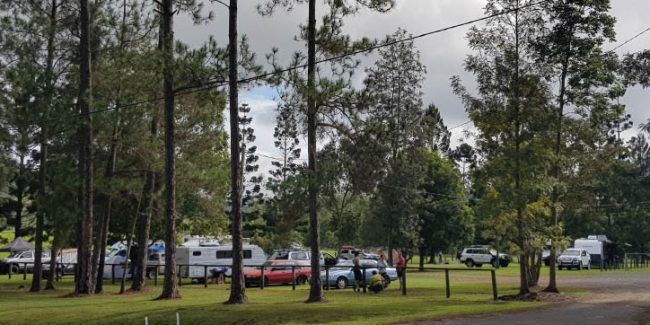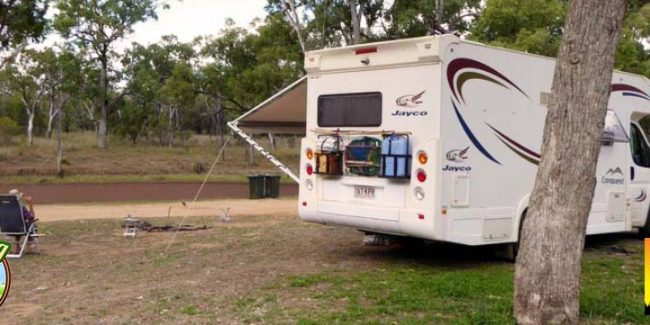In our recent series of articles by Keith Thompson about towing weights and vehicles, we looked at the complex issue of weight distribution. In part one, we offered some definitions and explanations, one of which was in regards to Tow Ball loading. This is a subject unto itself and critical when it comes to safe towing. The Tow Ball weight of a caravan can be affected by many things one of them being the placement of water tanks. In this article from the Caravan Council of Australia, Colin explains more about Tow Ball loading and the dangers of water tanks being placed in the wrong location.
The Ball-Loading of a caravan is one of the critical factors that determine its Handling and Stability characteristics.
Serious safety issues arise if the Ball-Loading is either too light or too heavy.
The seriousness increases significantly if the mass of the tow vehicle is not sufficiently high to be able to control any instability of the caravan.
There are far too many instances – sadly, too often with damaging, or even tragic, outcomes – where the “tail wags the dog”.
It goes without saying, that any caravan – when towed by a suitable tow-vehicle – must handle safely, regardless of whether it is empty, or fully-loaded (up to its ATM Rating).
The weight on the Tow Ball will vary
It is certainly reasonable to believe that a Manufacturer has professionally and realistically tested their different Models of ‘vans, before offering them for sale, in order to be able to credibly determine the optimum Minimum and Maximum Ball-Loadings for satisfactory handling performance.
It is also to be expected that Manufacturers have designed the (longitudinal) location and mass-limit for each storage compartment, so that when the ‘van is loaded – in a reasonable and typical manner – the mass-distribution remains within the acceptable design range.
A major problem with many ‘vans is that the mass-distribution – hence the crucial Ball-Loading – varies excessively, depending on the possible combinations of the (empty and full) contents of the water tanks.
It is also expected that all Manufacturers would have done their engineering design thoroughly, and thus be able to advise potential-buyers of the worst-two combinations of the contents of the tanks… that is, what the actual Maximum – addition and subtraction – variations of the Ball-Loading are (in kg).
Where your water tank is placed is critical
If this information cannot be provided by the Manufacturer / Dealer, these two Maximum – addition and subtraction – variations of the Ball-Loading, can be readily calculated by using the attached “moments” (force X distance) formula.
The capacity of each tank must be known (remembering that one litre of water weighs one kg), along with the distance from the centre of each tank to the centre of the axle (or axle-group for tandem axles), and the distance from the Coupling to the centre of the axle (or axle-group for tandem axles).
Dimensions towards the front of the ‘van are positive. Dimensions towards the rear of the ‘van are negative.
The formula can also be used to determine the change in Ball-Loading, should any equipment be added to – or removed from – the ‘van.
Effect of Water Tanks Contents on Changing the Ball-Loading
Formula for determining how much the it varies, depending on whether the water tanks are empty, or completely full:
Note: Dimensions from the centre of the axle-group to the left are positive… dimensions to the right are negative.
Filling the water tanks ahead of the axle(s) increases the Ball-Loading; filling the tanks behind of the axle(s) decreases the Ball-Loading.
Diagram 1 (click to enlarge)
The Actual Total Mass of the ‘van will increase by: W1 + W2 + W3 + W4 when the (empty) tanks are then filled.
The diagram shows four tanks are fitted… of course, for any specific vehicle, “non-fitted tanks” are simply ignored… W = 0
“W” is the mass of water that is added to the empty tank. One (1) litre of water weighs one (1) kg.
Calculate the “Moments” – Mass X Distance – around the centre of the axle (or midway between tandem axles):
Change in Ball-Loading = ( (W2 x LW2) + (W4 x LW4) – (W1 x LW1) – (W3 x LW3) ) / LC
Example: W1 = 90 kg; W2 = 90 kg; W3 = 70 kg; W4 = 70 kg; LW1 = 2.0 m; LW2 = 1.5 m; LW3 = 2.5 m; LW4 = 2.5 m; LC = 3.5 m
Change in Ball-Loading when all (empty) tanks are then filled:
Change in Ball-Loading = ( (90 x 1.5) + (70 x 2.5) – (90 x 2.0) – (70 x 2.5) ) / 3.5
Change in Ball-Loading = ( (135) + (175) – (180) – (175) ) / 3.5
Change in Ball-Loading = (- 45) / 3.5
Change in Ball-Loading = – 13 kg
Worst Case 1: W1 & W3 empty; W2 & W4 full
Change in Ball-Loading = + 88 kg
Worst Case 2: W1 & W3 full; W2 & W4 empty
Change in Ball-Loading = – 101 kg
Caravans should be designed so that there is the least possible change in the Ball-Loading, regardless of whether each tank is full or empty.
Multiple water tanks should be positioned as close as possible to – and each side (front / rear) of – the axle(s).
Original article provided courtesy of the CCA – www.caravancouncil.com.au – The CAA is a completely independent, non-profit, non-commercial body that provides free no-obligation compliance and technical advice to all manufacturers, importers, dealers, mechanics, owners and potential buyers of recreational vehicles.
You can contact the CCA direct or visit their website via the links below.
www.caravancouncil.com.au or [email protected]


